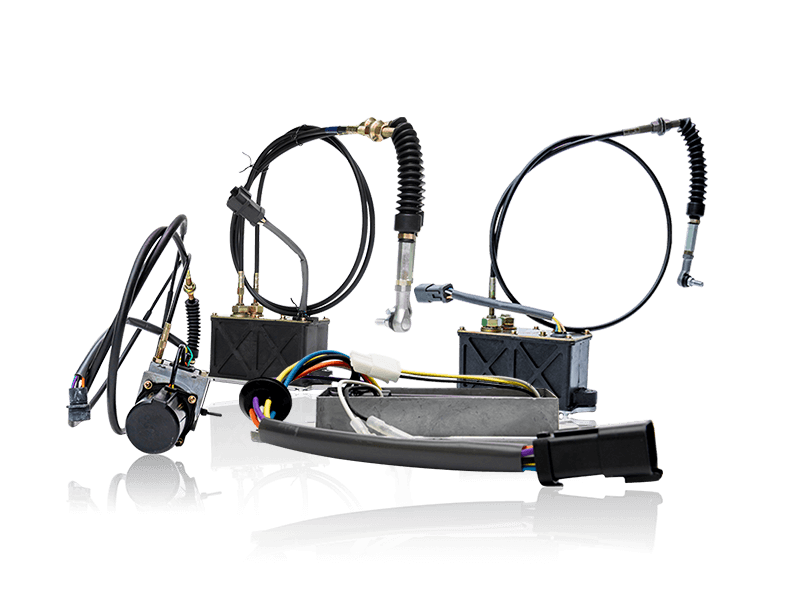The supercharger is an indispensable component f […]
The supercharger is an indispensable component for many machines. Its function is to increase the pressure, thereby improving the overall operating speed, but there will be some faults from time to time. In order to solve these problems, we must understand what faults are , What is the corresponding reason, and then I know how to solve it.
Turbocharger failure:
The press surges. Turbocharger rotor manufacturers introduced that when the turbocharger is working, when the air flow of the compressor is reduced to a certain level, the airflow of the compressor will vibrate strongly, causing blade vibration, and wheezing noise, and the intake pressure will drop significantly. This phenomenon is called press surge.
Boost pressure drops. When the boost pressure decreases, the diesel engine's charge will decrease, the power will decrease, the fuel consumption will increase, and the exhaust temperature will increase. Therefore, when the pressure is found to drop by 10%, the machine should be shut down for inspection.
Abnormal sound of the supercharger. The supercharger impeller is damaged or the gap between the rotor impeller and the shell is too small, the bearing and thrust ring are worn seriously, and the rotor's swimming amount is too large, causing the outer edge of the impeller to rub against the shell, or the bearing, seal ring and other moving parts are dry. Friction can cause abnormal noise. Deformation of the blades or eccentric wear of the rotating shaft can cause damage to the balance of the rotor, especially when the compressor is deformed due to foreign matter entering or severely rubbing the shell, destroying the normal passage, and causing high-frequency hissing under the friction of high-speed airflow. Scream. At this time, the supercharger should be disassembled and inspected.
Large oil consumption. Generally, it is caused by the oil entering the combustion chamber from the compressor side of the turbocharger and the intake pipe of the diesel engine. It may be that the oil return pipe of the turbocharger is not unblocked. After too much oil accumulates in the middle support of the rotor assembly, it flows into the impeller along the rotor shaft; it may also be caused by the damage of the sealing ring or the oil sling ring at one end of the impeller. It enters the impeller chamber, and the pressurized air enters the combustion chamber through the intake pipe for secondary combustion.
https://www.fcfuda.com
